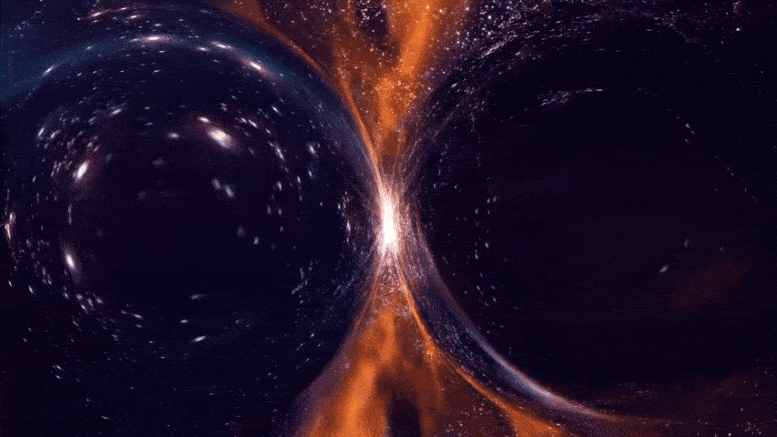
50% may be our half of a pair of interactive worlds if researcher theories prove to be correct. In this instance, investigating properties of graphene may explain how reality works.
It's all about the magic angle and the moire patterns it produces.
Overlapping two sheets of graphene shows a characteristic pattern.Credit: Juliette Halsey for Nature
Research, like conversation, is fractal. :)



No comments:
Post a Comment